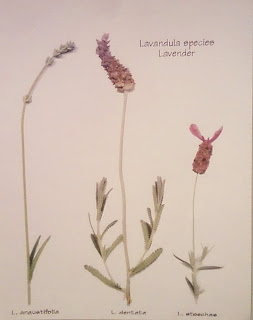The expression, "a day late and a dollar short" comes to mind. I was in Los Angeles visiting the girls last week...missed "M", but didn't know until a second ago that we've moved on to "N". So, for
ABC Wednesday, I give you "M"...and as Rosanne Rosanna Danna would say... "Never Mind".
 Shown above...tomato, sunflower, Mexican and Pineapple Salvias, succulents (all from my garden), blue pots from High Hand Nursery, Fair Oaks Village where the chickens run free, eggplants from the Loomis Eggplant Festival, and a fountain, cuz you gotta have water!
Shown above...tomato, sunflower, Mexican and Pineapple Salvias, succulents (all from my garden), blue pots from High Hand Nursery, Fair Oaks Village where the chickens run free, eggplants from the Loomis Eggplant Festival, and a fountain, cuz you gotta have water! From Wikipedia,
Mediterranean Climates: "A Mediterranean climate is one that resembles the climate of the lands in the Mediterranean Basin, which includes over half of the area with this climate type world-wide. In addition to the areas surrounding the Mediterranean Sea, this climate type prevails in much of California, in parts of Western and South Australia, in southwestern South Africa, and in parts of central Chile."

So...we have Provence, Algeria, Greece and Italy, parts of Australia, Santiago, San Francisco and the Napa Valley, and, you guessed it, SACRAMENTO! We may have uber-long growing seasons and the summers can get really hot, but we're in good company. Learning how to garden in
this climate can make the experience a great one...and one of the secrets is the right plant in the right place. The Napa County Master Gardeners have a nice write up on Mediterranean climate gardening on their
website. Another resource is the international
Mediterranean Garden Society.
For the
ABC Wednesday project, my pick is "M" for Mediterranean. Mmmmm...now, if I could just get a little Aegean Sea or some coastal Pacific Ocean breezes in the mix, it would be really
"N
" for nifty! Oh, never mind.
 Shown above...tomato, sunflower, Mexican and Pineapple Salvias, succulents (all from my garden), blue pots from High Hand Nursery, Fair Oaks Village where the chickens run free, eggplants from the Loomis Eggplant Festival, and a fountain, cuz you gotta have water!
Shown above...tomato, sunflower, Mexican and Pineapple Salvias, succulents (all from my garden), blue pots from High Hand Nursery, Fair Oaks Village where the chickens run free, eggplants from the Loomis Eggplant Festival, and a fountain, cuz you gotta have water! 







